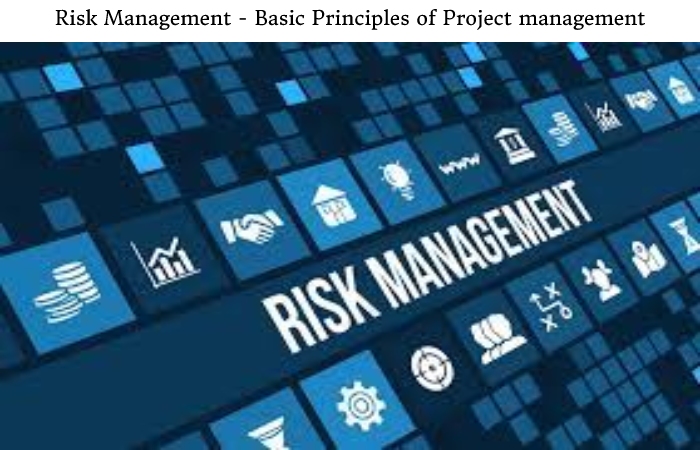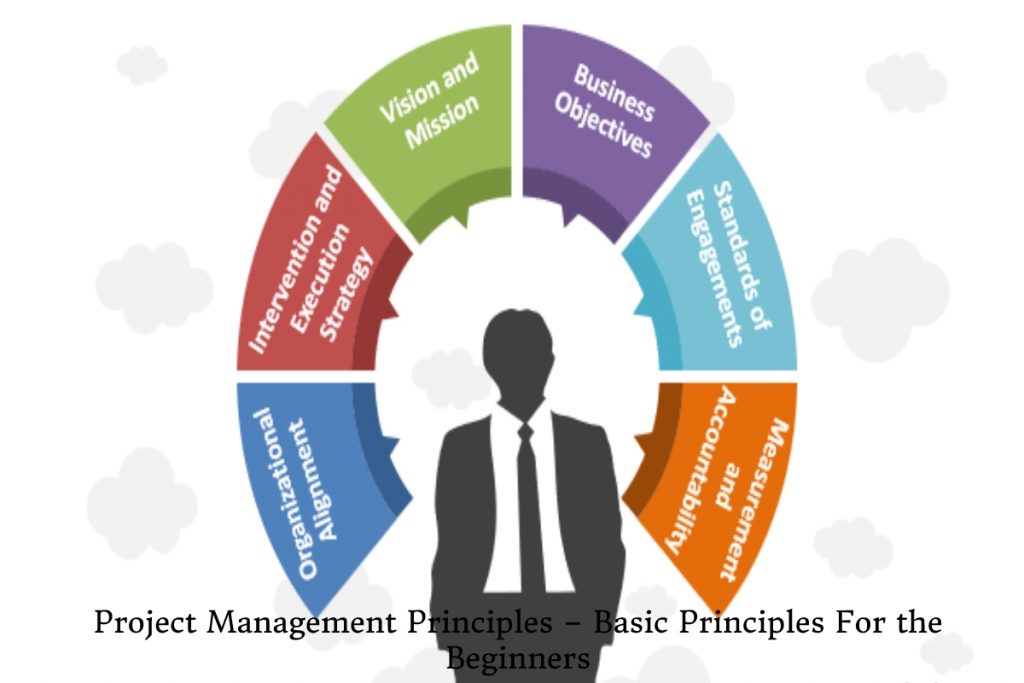Project Management Principles are Project Management Principles, which are the basic rules that must be followed to manage projects properly.
The Project Management Knowledge Book (PMBOK) does not currently contain an official list of principles for successful projects.
However, PMI’s annual survey highlights the principles that successful project managers and companies follow.
Nine Basic Principles of Project management
Here are nine essential principles for beginners:
1. Formal project management structure
2. Sponsor of an invested and involved project
3. Clear goals, results, and objectives
4. Roles and responsibilities documented
5. Strong change management
6. Management of risks
7. Mature Value Delivery Opportunities
8. The basis for performance management
9. Communication
And now, let us have a comprehensive look at each of them.
1. Formal Structure
Projects should have a formalized structure that includes procedures, processes, and tools. And, if you have tried to complete a project without a standardized (“unscheduled”) format, you know how difficult it is to control and pay due attention.
However, the project must have a project charter, project plan, and project team assigned to prioritize and successfully manage the project.
2. Sponsor of the Project
An operative project sponsor is critical to the success of a project. Basically, Sponsors support your project and act as a spokesperson for other leaders. And also, having a committed sponsor makes it easier to communicate progress, raise issues to overcome obstacles and guide decision-making.
3. Objectives and Results
Without precise requirements and approval criteria, it won’t be easy to measure the success of a project. And also, you might think that your end product does whatever it takes to get the customer or user to complain that they are missing an essential component.
Additionally, the most common factor in failed projects is the lack of clear goals. However, Project requirements and approval criteria should be defined and documented at the start of the project. And also, they must be reviewed and approved by all key stakeholders, including sponsors and clients.
4. Roles and Responsibilities
Two forms should document and define the roles and responsibilities of all project participants. And also, for project team members, RACI or RASCI is used to define responsibilities and expectations. RASCI means:
R: Responsible
A: Accountable
S: Sign-off authority (not always used)
C: Consulted
I: Involved
In the RACI diagram, team members are at the top, and activities are on the sides. Each member is allocated a letter (R, A, C, and I) depending on their role for each job.
Basically, the stakeholder register documents stakeholders outside the core group as well as important information such as the following:
- Firstly, Communication preferences (type and frequency)
- Secondly, Contacts
- The level of influence on the project
- The story of involvement in the project
- Their role in the company
- Lastly, Other relevant details or notes
5. Management of Project Changes
The project needs a well-defined scope for the result to meet customer expectations. And also, without solid change management, the project can suffer from volume increase and gradually grow beyond the original project guidelines.
For example, team members or stakeholders may want to add additional features to the product. However, if you don’t check the changes carefully, you can get a great product that costs twice as much as you expect and will ship six months late.
6. Risk Management

Since we can’t implement projects in a bubble, they all face certain risks. Moreover, risk can affect your assets, technology, or processes. However, it is essential to manage risk to minimize or eliminate its impact on your projects. And also, it includes identifying, assessing, and monitoring risks and deciding on action plans to implement if they arise.
7. Ability to be Useful
Your value delivery skills are project tools, processes, and procedures that help you deliver value to your customers. However, it can include your project systems, such as your planning software. And also, it can have your processes, such as using an Agile project methodology.
If you have developed and tested approaches for creating successful projects, you will be better ready if you start from scratch. All in all, the more established your processes and procedures are, the more future your project will be successful.
8. Initial Data for Performance Management.
Typically, projects have three main components: cost, schedule, and scope. All in all, each of these components should have a starting point or plan against the measurement of performance. Additionally, when these baselines are integrated, they are called performance management baselines, so if a change occurs in one of these components, the impact will be reflected on the others.
Let’s say you have a volume change. And also, with a baseline for performance management, you can see how it affects project planning and costs, allowing you to track better the overall impact of the changes on the project. Furthermore, a baseline for performance management system improves decision-making because you can see the big picture and determine the full implications of potential decisions.
9. Communication
If you have been a part of project management for a while, you may have heard the adage that project management is 90% of communication. Moreover, the success of a project requires the exchange of information about the activities, risks, problems, and status of the project. And also, it requires information both within the project team and with other stakeholders.
Basically, Communication is necessary for a variety of reasons, including:
1. Involvement of interested parties
2. Coordination of tasks and schedules
3. Decision making and problem-solving
4. Identify and resolve conflicts
5. Exacerbation of risks and problems
Related Searches:
[project management principles pmbok]
[10 principles of project management]
[project management principles pdf]
[7 principles of project management]
[principles of project management ppt]
[project management principles and best practices]
[12 principles of project management]
[project management principles pmi]

